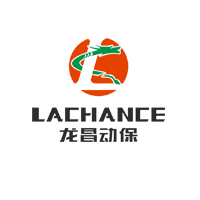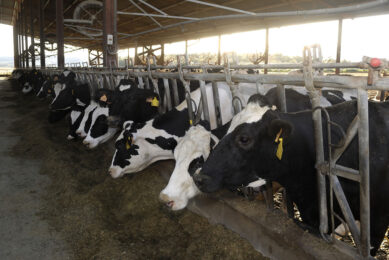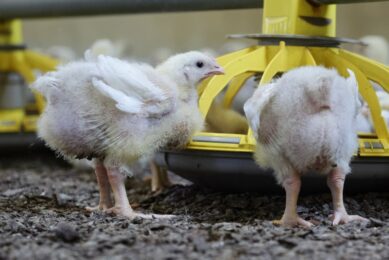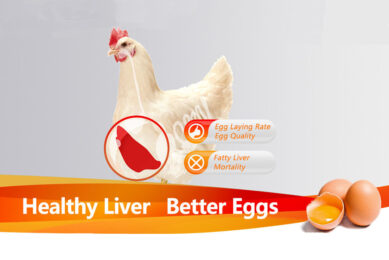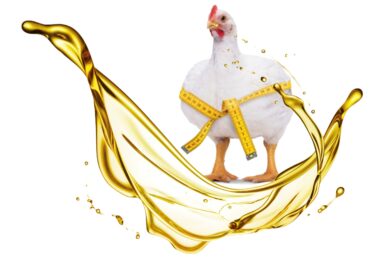Bile acids: Minimising mycotoxin damage in poultry diets
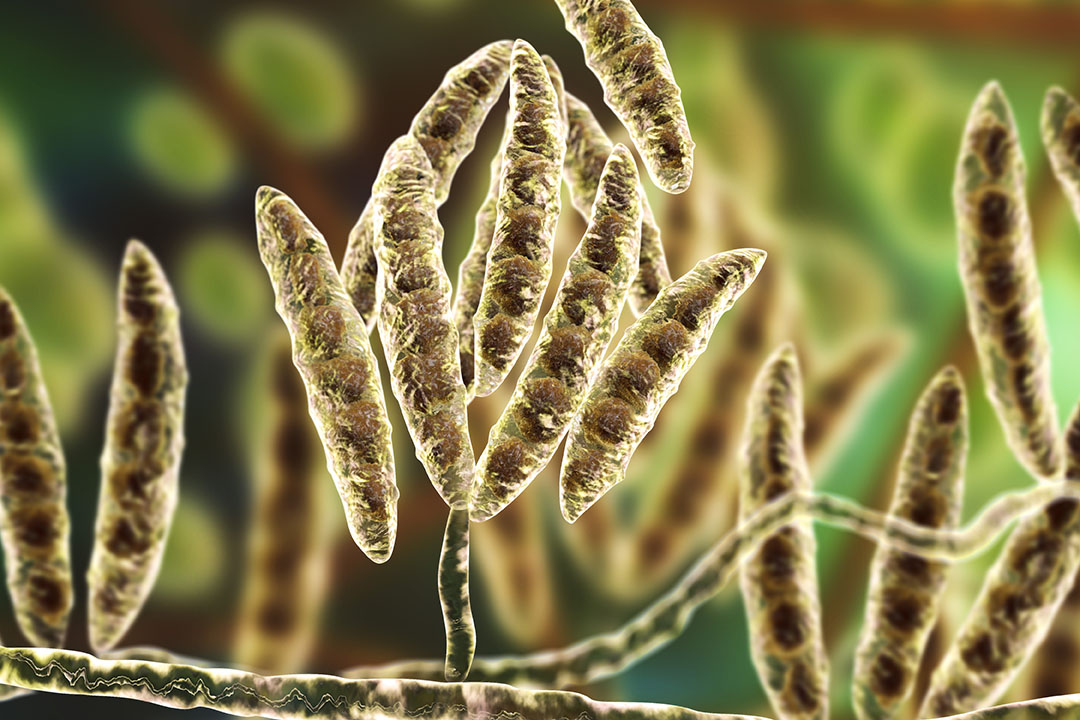
Mycotoxins can cause harm to poultry, effecting poultry performance. An analysis was carried out to evaluate the effects of bile acids on minimising the effects of mycotoxins in poultry diets.
Different mycotoxins can harm different tissue-targeted organs, see image below. Mycotoxins can cause atrophy of immune organs such as bursa of fabricius, thymus and spleen, and further induce immunosuppression. Mycotoxins will cause frequent diarrhoea, intestinal diseases lasting for a long period, feed intake decrease and weight loss.
Effect of mycotoxins in poultry diets
Mycotoxins are extremely corrosive causing serious damage to the digestive tracts. Mycotoxins can lead to oral ulcers, inflammation of the hernia sac with the pseudo-membrane at its late stage, ulcerative and proliferative glandular gastritis, ulcer formation at the junction of the glandular stomach and the stomach muscle, and the easily-peeling of cerebral membrane. Consequently, mycotoxins affect the body’s digestion and absorption of nutrients, and reduce the feed utilisation rate and conversion rate.
Mycotoxin poisoning can lead to multifocal hepatocyte necrosis in the liver. The gallbladder mucosa will be inflamed due to hyperplasia and necrosis of the bile duct, which further cause the gallbladder to become brittle. Mycotoxins will damage the kidneys, cause renal tubular degeneration and obstruction, resulting in urate deposition and then the occurrence of gout with unknown leg diseases. Mycotoxins can damage the blood vessel wall and cause a rise in blood pressure, increasing the burden on the heart, and can cause frequent ascites. Mycotoxins can decrease egg production rate, eggshell quality, fertilisation rate and hatching rate with more embryonic death occurring during hatching.
Inducing liver diseases
The harm caused by mycotoxins can induce liver diseases as they block glucose metabolism, reduce energy utilisation, block protein and lipid metabolism, and decrease production performance. This can lead to vitamin metabolism disorders and hormone synthesis disorders.
In addition, mycotoxins can lead to bile acid synthesis excretions disorder, detoxification dysfunctions, free radical metabolism and immune disorders (retinal endothelium phagocytic system), oxidative stress and inflammatory response. Mycotoxins can also block coagulation function.
Figure 1 – Zearelonone absorption rate of four inorganic adsorbants.

The treatment of mycotoxins
Mycotoxins can be treated with the following methods:
- Mixed dilution: Simply mix the mouldy feed with the unmutaged feed to reduce the concentration of mycotoxins in the feed.
- Chemical degradation: Use sodium hydroxide, ammonia, sodium hypochlorite, chlorine and other chemical substances to treat mouldy feed to decompose toxins and reduce toxicity.
- Microbiological degradation: There are some specific microorganisms that can degrade mycotoxins in mouldy feeds. It is still immature and needs to be studied.
- Physical adsorption: Add mould toxin adsorbent to the feed, so that the toxin cannot be absorbed by the animal when passing through the intestinal tract of the animal, and will be directly discharged from the animal. However, the adsorption of the toxin adsorbents is selective and its adsorption capacity is limited, and will absorb some nutrients (such as vitamins) at the same time. For example, in poultry, DON and FUM can only be absorbed by less than 10%.The absorption rate of AFB1, which is the most toxic aflatoxin, is quite high (80%). After absorption, it is activated in the liver.
- Comprehensive degradation: When exogenously added together with adsorbent in the feed, bile acids can promote the degradation or excretion of mycotoxins (endotoxin) in animals. Where does the exogenously added bile acid come from? Let’s take a look at bile acids. As the main active ingredient of bile and an important part of liver detoxification, bile acids are synthesised by liver cells through cholesterol. What do you think of liver detoxification?
Mechanism of liver detoxification
Protecting the health of the liver ensures the detoxification function of the liver. Some ways of doing this are:
- Chemical methods such as oxidation, reduction, decomposition, binding and de-oxidation: For example, ammonia is a toxic metabolite, and its detoxification is mainly through the synthesis of urea in the liver, excreted with the urine.
- Secretion: Some heavy metals such as mercury, as well as bacteria from the intestines, can be combined with bile acids secretion with bile secretion.
- Phagocytosis: Liver cells contain a large number of Kupffer cells, having a strong ability to phagocytosis, play a role in phagocytosis to protect the liver.
- Degradation: hepatocytes synthesise bile acids, and bile acids can degrade endotoxin, combine with mycotoxins (mycotoxins have lipophilicity), improve the ability of enzymes to degrade toxins, and convert endotoxin and mycotoxins into non-toxic substances, which will be excreted with the faeces.

Protective effect of bile acids on the liver
Through the liver and intestine circulation, bile acids promote the synthesis of the liver to secrete more new bile acids, causing many drug residues, heavy metals and other harmful substances to be discharged from the liver with bile secretion, to protect the liver. Bile acids combine with endotoxin (LPS), inactivate endotoxin, and reduce oxidative stress and inflammatory response, thereby protecting the liver from endotoxin damage.
DON (vomiting toxin) and FB (fumantine) can cause the secretion of pro-inflammatory cytokines (such as IL-1β, IL-2, IL-4, IL-5, IL-6 and TNFα). By inhibiting the expression of pro-inflammatory factors, bile acids can promote the secretion and expression of anti-inflammatory factors (II-11β and TGFβ, TGFβ1, TGFβ2), preventing inflammatory reactions and protecting the liver. As a regulating factor, bile acids activate the bile acids sensitive nuclear receptor (FXR), which has anti-amidation characteristics to plays an anti-cholestasis, anti-liver fibrosis and anti-inflammatory role in protecting the liver.
Deoxycholic acid and ursodeoxycholic acid in bile acids can promote the secretion of a large amount of thin bile from hepatocytes, improve the solubility of cholesterol, smooth the biliary tract, eliminate bile stasis, and play a role in protecting the liver and gallbladder. Bile acids can also improve the antioxidant capacity of animal organisms, improve the activity of SOD, GSH-Px and GR, remove excess oxygen free radicals from fat oxidation, endotoxin and mycotoxins to the animal body, and improve the body’s antioxidant and anti-stress ability.
Application of bile acids in poultry
From the aspect of improving the performance of poultry production, it is conventionally recommended to add Runeon (bile acids) at the dosage of 200 g/ton feed. From solving the toxicities of mycotoxin contaminations, it is recommended to add 30% bile acids at the dosage of 500~1000 g/ton feed together with the mycotoxin binder.


